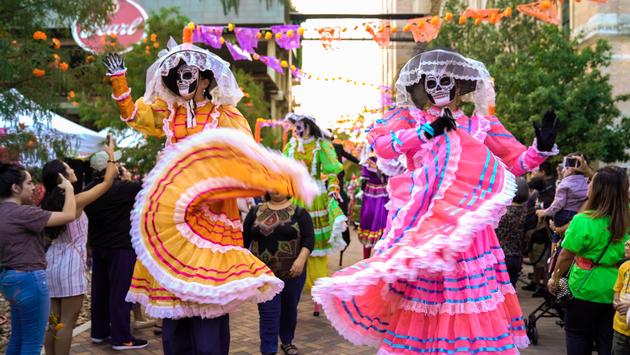Emotional perception and expression can look very different for different cultures. Universality refers to how emotions are both recognized and perceived across cultures. Members of different cultures express and read cultures differently. For example, cultures have different display rules. Display rules are the cultural norms on displaying emotion in public. These unwritten rules oftentimes dictate how people from various cultures display and perceive emotions in various contexts.
A great example of an occasion in which different cultures display and perceive emotions differently is a funeral or handling of death. In American and Canadian funeral culture the ceremony is often dived into various parts, visitation, funeral, and burial. People attending these funerals might appear visibility sad, devastated, or even fearful for the person who passed. It is normal and expected to see people cry, appear lifeless, or disconnected. In American and Canadian culture, funerals are not considered to be positive or happy events. The display rule for funerals suggests that it is okay to display/amplify sad or unhappy emotions. For American and Canadian cultures, the idea of death is a scary one, many people fear the idea of death and are deeply hurt when a loved one passes. Many see death as “the end.” This idea is different across cultures and universality explores this.
In other cultures such as Mexican and Colombian culture, death is celebrated rather than mourned. Unlike American and Canadian culture, both Colombian and Mexican cultures have a different approach. These cultures have a holiday where they celebrate the life of a deceased person. The holiday contains gifts, flowers, dancing, and parades. The display rule for this occasion suggests the people are allowed to openly express both sad and happy emotions as they parade through the streets with friends and loved ones in beautiful attire. The approach to death and the display of emotions is very different than American and Canadian cultures.
Universality for all four of these cultures explains why American and Canadian cultures may not understand the Mexican and Colombian approach to death. Some people can even go as far as being offended by the holiday and celebratory practices. Universality suggests that if an individual who identifies as Mexican lives in America and experiences a death, their emotional reaction might differ from an American or seem inappropriate, vice versa.


These images are representations of different emotional displays for the passing of a person. The bottom picture features an American funeral, and the top picture is the Day of the Dead celebrated in Mexico. Notice the contrast in emotional display for each culture.